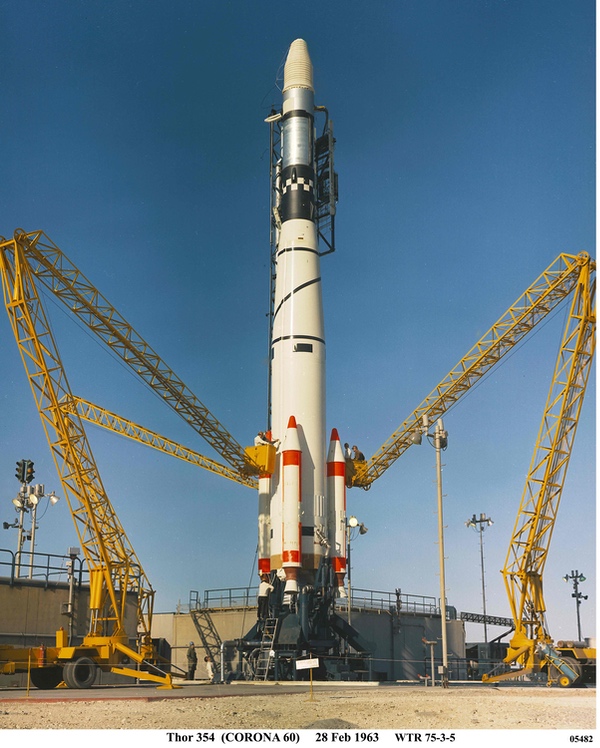 Hundreds of top-secret missions were launched from Vandenberg Air Force Base in the 1960s, but very few photographs of the vehicles and launches were published. This February 1963 photo shows a CORONA reconnaissance satellite being prepared for launch aboard a Thor-Agena rocket with increased thrust. Workers on the pad are working on the three solid rocket boosters that were added to Thor to increase performance. (credit: Peter Hunter Collection) |
By Dwayne A. Day
Monday, July 8, 2024
In the late 1990s, Qantas captain Peter Hunter regularly flew a 747 from Sydney to Los Angeles and back. Rules required him to rest for several days after landing in the United States before flying home to what Hunter called his “office.” But he did have a hobby: He drove to San Diego, where he had been given access to a vast corporate trove of photographs of Atlas, Thor and Delta rockets. The photographs were not public or archived, but Hunter obtained permission to scan them and create collections with the goal of obtaining a photo of every Thor, Delta and Atlas rocket launched.
During the 1960s and even into the 1970s, the Air Force published very few photographs of rocket launches from Vandenberg Air Force Base in California. Those that were published were often of poor quality. Partly as a result of this secrecy, as well as its relative isolation compared to Cape Canaveral, Vandenberg did not achieve much public recognition and was ignored by historians. When Peter Hunter assembled its collections, he helped rectify that. The photographs also revealed some of the payload differences for the launches, possibly one of the reasons the Air Force never published them.
Thanks to the efforts of Peter Hunter, many images of Thor and Atlas operations at Vandenberg are available to historians in various aerospace archives. (See: “The little Rocket that could: Thor in the early days at Vandenberg,” Part 1 and part 2(The Space Review, June 24 and July 1, 2024. Photos in those articles are not from Hunter's collections.) What follows is a small sampling of the many Thor launches at Vandenberg during the 1960s, thanks to Peter Hunter.
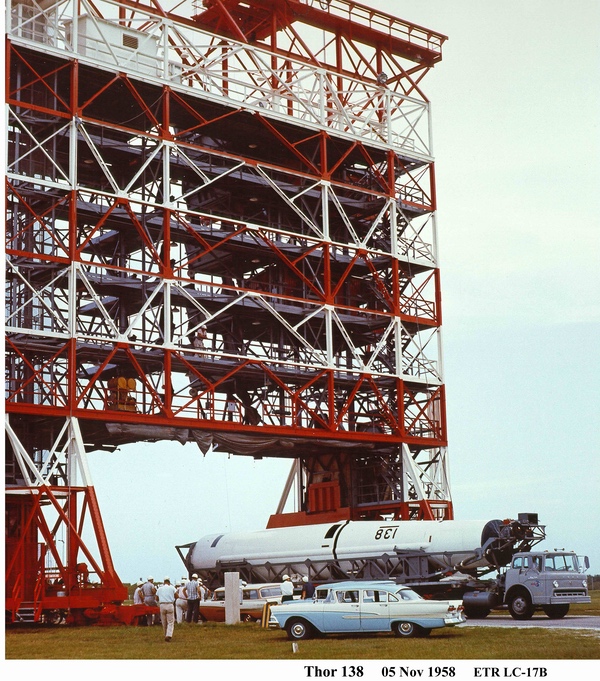 The Thor platforms in Florida were designed to provide wide access for missiles. (credit: Peter Hunter Collection) |
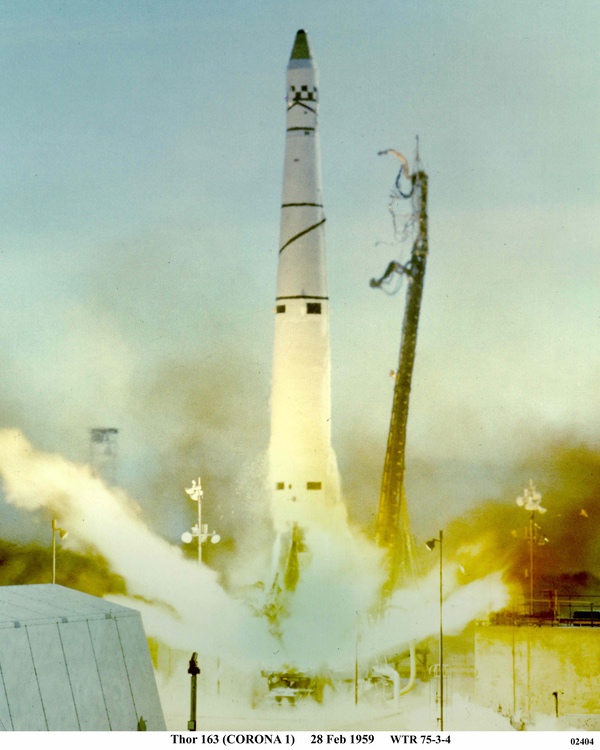 The first attempt to orbit a satellite from Vandenberg was the launch of Discoverer 1 in February 1958. This followed the failed “Discoverer Zero” accident involving another launch vehicle in January. The Air Force announced that Discoverer 1 was in orbit, but it was not detected in orbit and likely impacted in Antarctica. (credit: Peter Hunter Collection) |
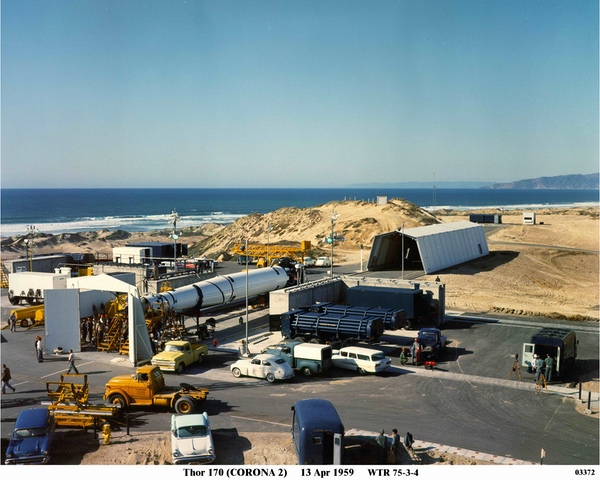 Preparations for the launch of the second Discoverer. Discoverer was the cover for the CORONA reconnaissance satellite. The Thor pads at Vandenberg were simpler than those in Florida. Payload preparation was done vertically, inside a retractable shed. The spacecraft on this launch splashed down in the Arctic and inspired the book and subsequent movie “Ice Station Zebra.” (credit: Peter Hunter Collection) |
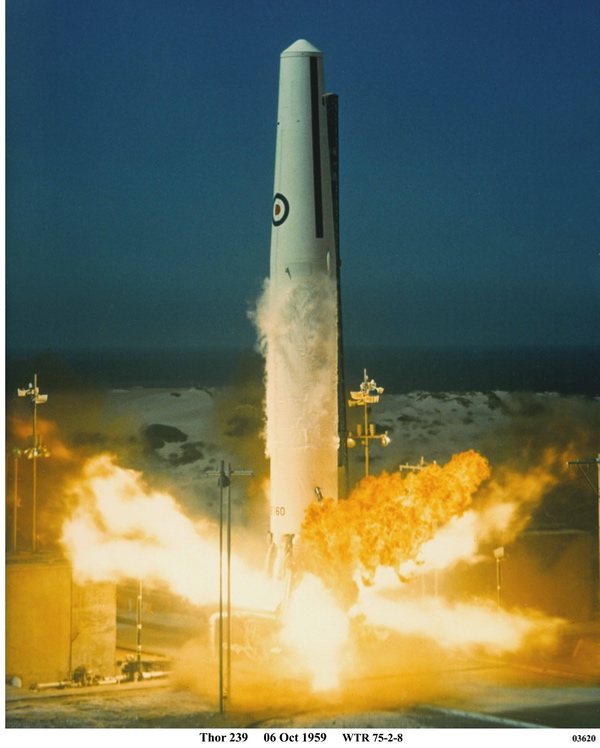 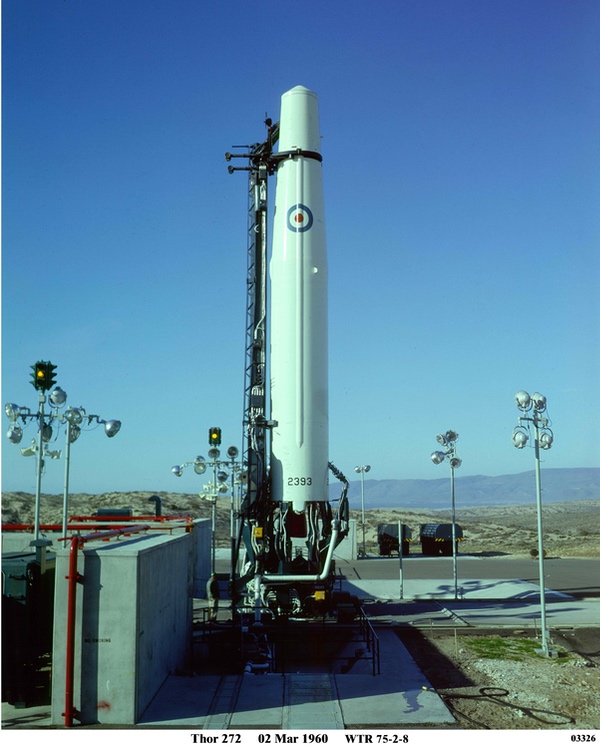 The Royal Air Force used Thor missiles with nuclear warheads on British soil. They conducted training and missile launch tests at Vandenberg. (credit: Peter Hunter Collection) |
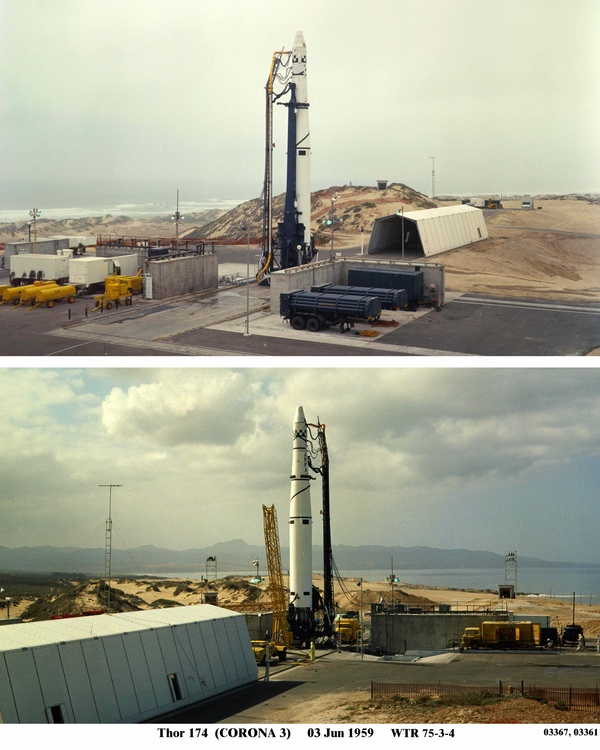 Vandenberg can be a beautiful place when the weather is right. Unlike Florida, there are no sandy beaches, swamps or alligators. But Vandenberg can also be a cold and windy place, and often foggy. Many (perhaps most) launches are made in fog and are not visible until they rise above the marine layer. (credit: Peter Hunter Collection) |
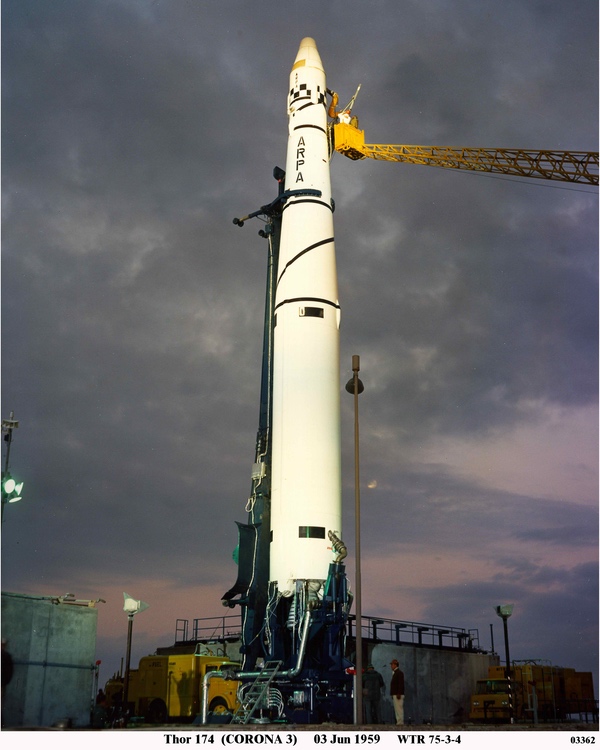 Several of the early Discoverer/CORONA launches were technically under the authority of the Advanced Research Projects Agency (ARPA). However, due to the highly classified and high-priority nature of the missions, ARPA did not exercise any control over them. (credit: Peter Hunter Collection) |
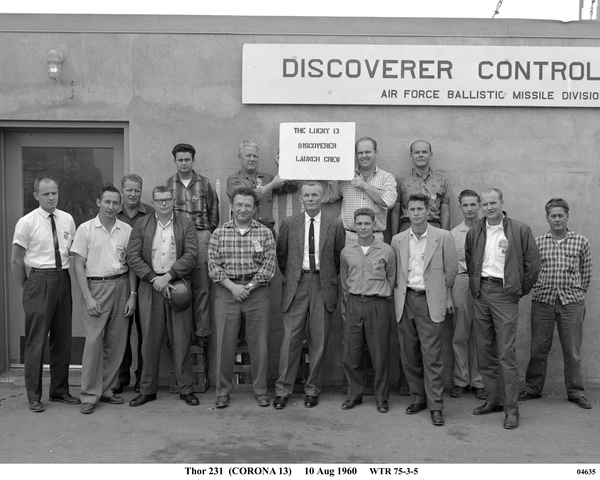 Discoverer/CORONA failed 12 times (13, if you count the Discoverer pad zero accident) before achieving success. The launch crew is seen here celebrating after Discoverer 13 was successfully recovered from space. Apparently, smiling was not allowed on that day. (credit: Peter Hunter Collection) |
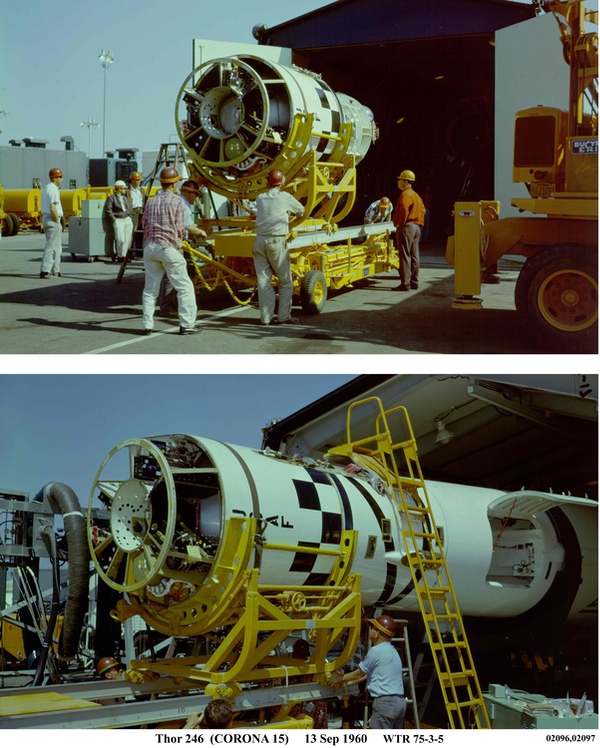 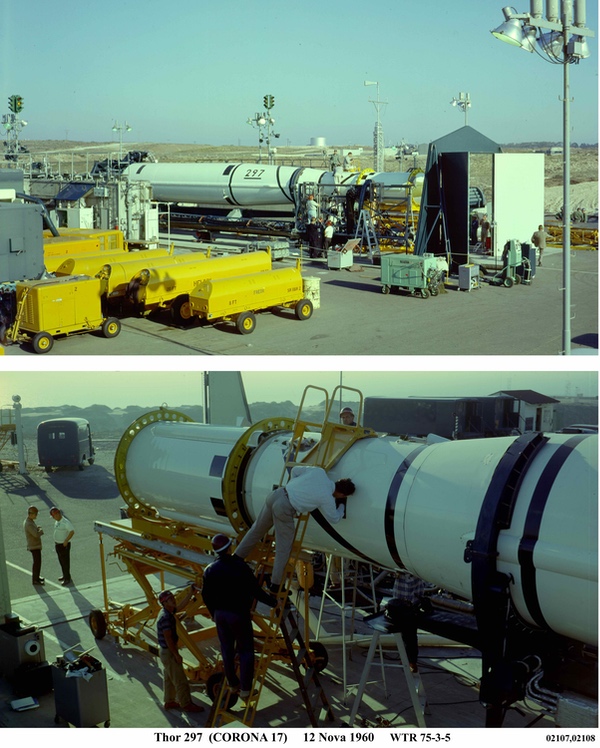 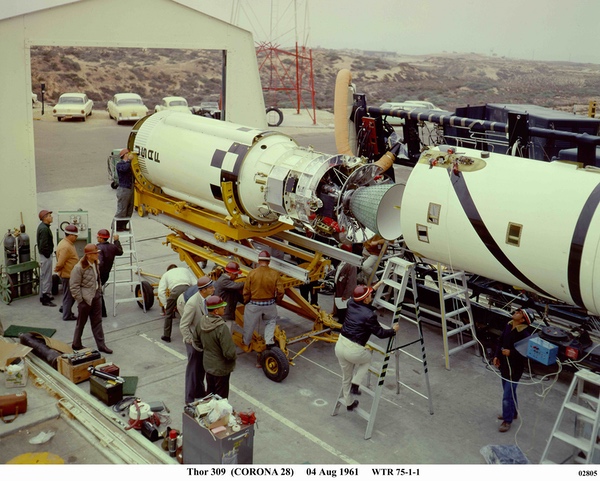 The Agena served as the second stage for many Thor launches and also served as the satellite bus for hundreds of payloads. In orbit it provided stabilization and guidance, power, and communications. The Agena’s batteries powered the CORONA reconnaissance cameras. The Agenas were first prepared at base, then carried to the pad where they were horizontally integrated with the Thor. The payload would then be carried to the pad and attached to the Agena. Later in the 1960s, the Air Force and the National Reconnaissance Office adopted a “factory-to-pad” approach to reduce the amount of integration and testing performed at the launch site. The reasoning was that a remote, cold, foggy site with sand blowing around was not the best place to integrate complex hardware. (credit: Peter Hunter Collection) |
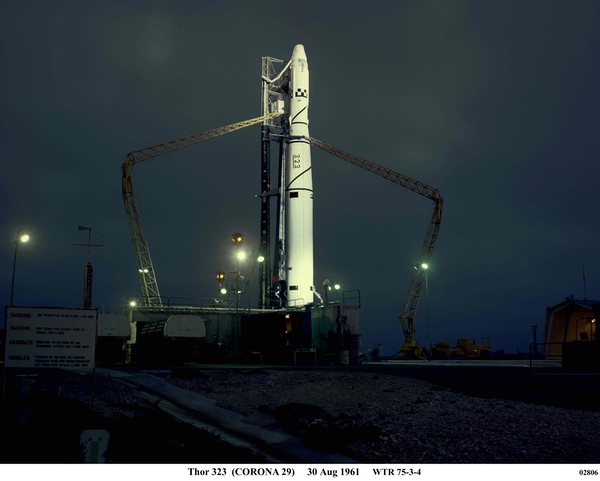 For most of the 1960s, Thor rockets with classified payloads were launched monthly from Vandenberg. (credit: Peter Hunter Collection) |
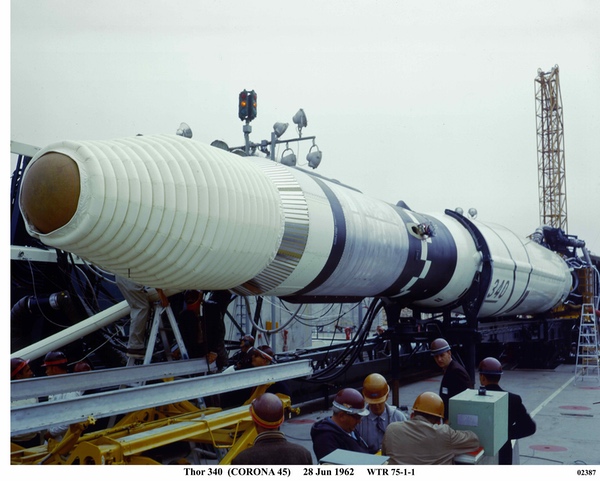 CORONA payloads aboard Thor rockets were covered with an inflatable bag carrying air conditioning to keep them cool in the sun. (credit: Peter Hunter Collection) |
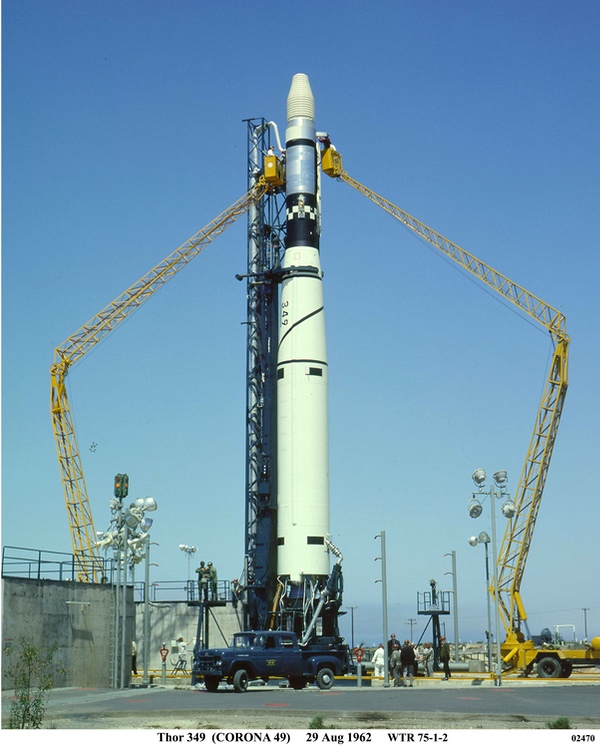 The lack of launch towers at several of the early Thor launch sites meant that last-minute payload preparation, such as setting off some of the pyrotechnic devices on the Agena upper stage, had to be done on lifting platforms. (credit: Peter Hunter Collection) |
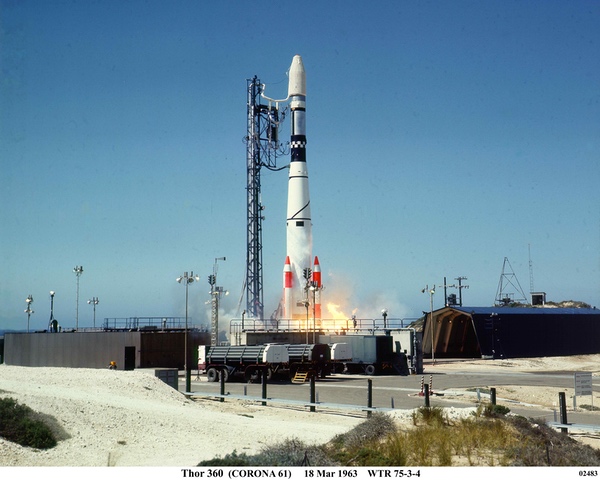 This is the launch of the first of three LANYARD reconnaissance satellites, designed to be more powerful than CORONA. LANYARD used a camera adapted from the cancelled Samos E-5 program. This launch was not successful. (credit: Peter Hunter Collection) |
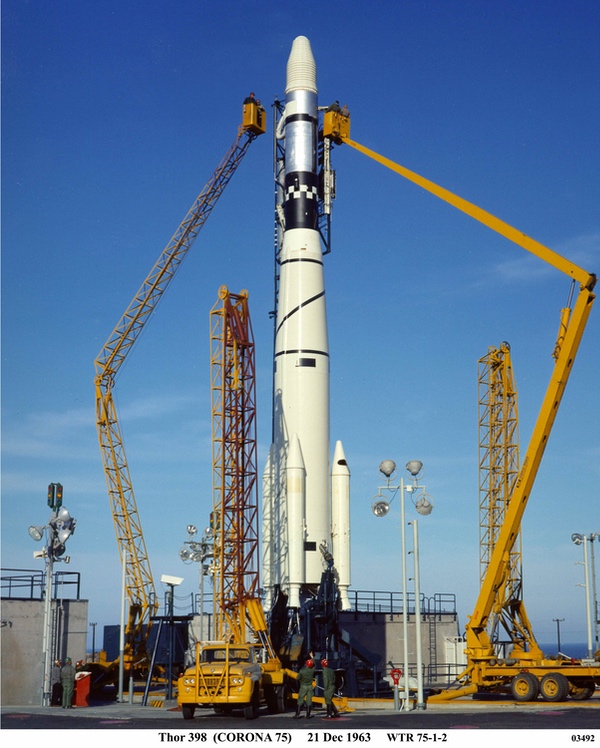 As payloads became more sophisticated, more equipment was added to the Vandenberg Thor platforms. (credit: Peter Hunter Collection) |
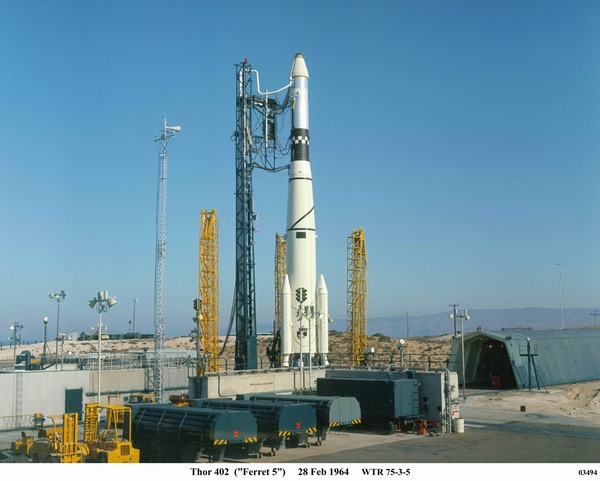 In addition to the numerous CORONA reconnaissance satellites launched from Vandenberg, Thors also launched signals intelligence satellites (colloquially called “ferrets”) into polar orbits. These satellites collected data on radar systems within the Soviet Union. (credit: Peter Hunter Collection) |
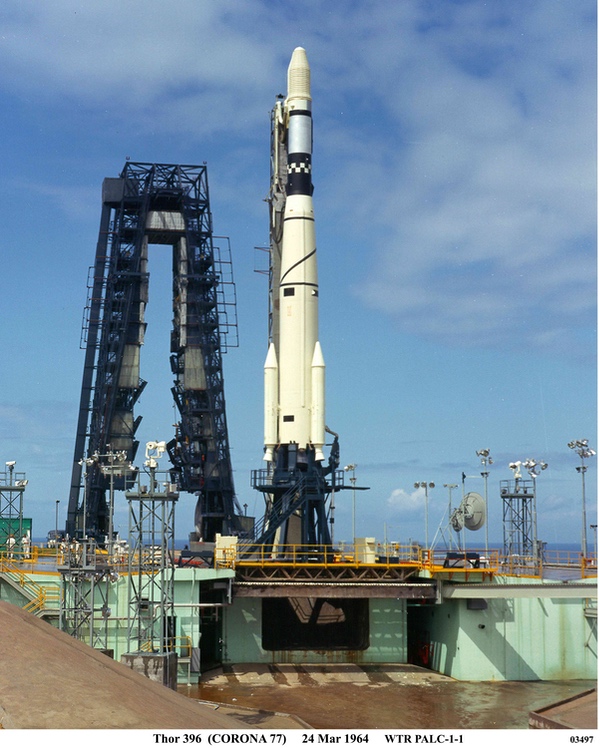 In 1964, some Thors began using a converted Atlas launch pad, known as Space Launch Complex-3 West. SLC-3W had more extensive infrastructure to support launches. (credit: Peter Hunter Collection) |
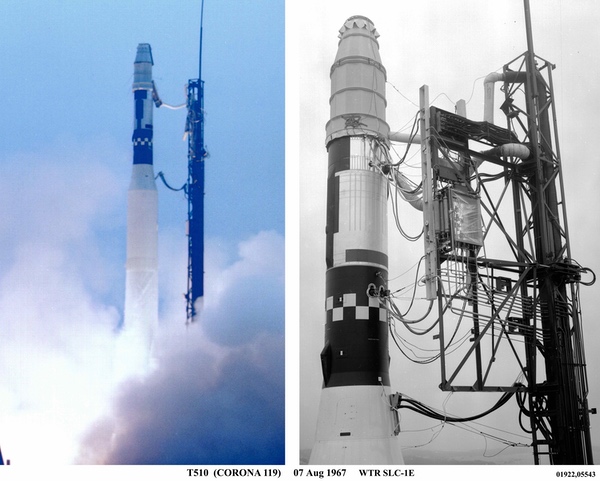 Even after Thors began using SLC-3, launches were still conducted from the original SLC-1 and SLC-2 sites. This is one of the best close-up photographs of a CORONA payload hidden by a protective shroud and of the Agena that served as the second stage and held the payload in orbit. (credit: Peter Hunter Collection) |
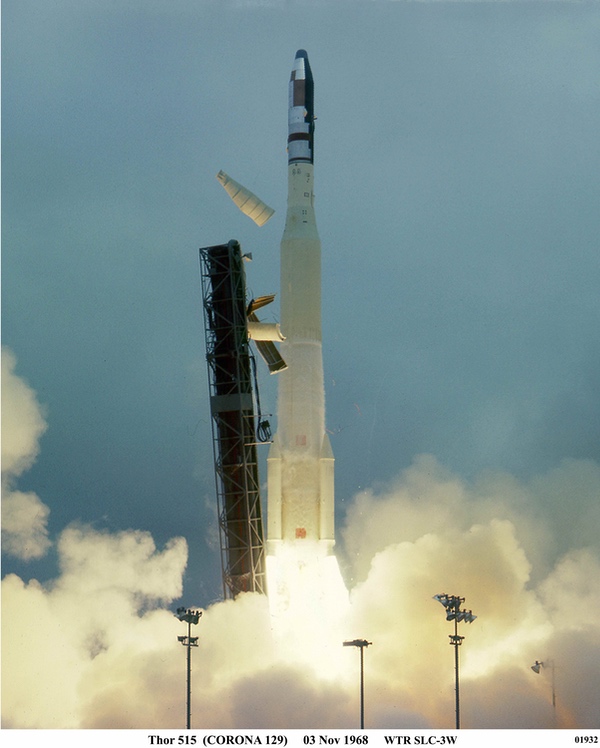 Pictured here, a Thor carrying a CORONA satellite lifts off from SLC-3W. Note that the payload's original inflatable protective cover has been replaced with a removable cover. (credit: Peter Hunter Collection) |
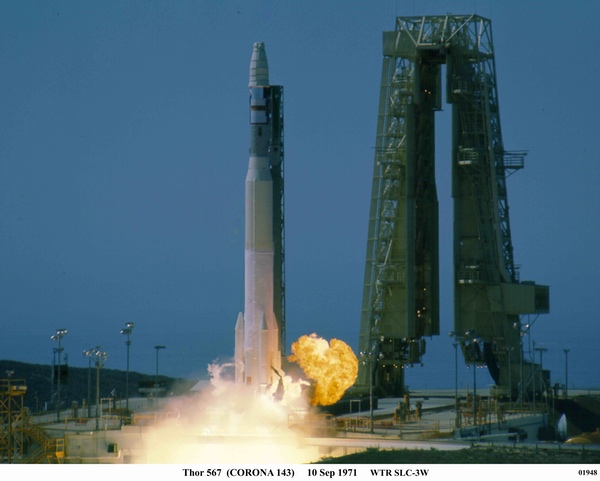 One of the last CORONA satellites to be launched. It was a KH-4B model that had improved resolution and other capabilities. CORONA photographed large swaths of territory within the Soviet Union. In the early 1960s, the United States had very little information about Soviet weapons production and facilities. By the end of the decade, it had photographed the entire Soviet landmass several times and had detected and precisely located all of the country’s missile sites. (credit: Peter Hunter Collection) |
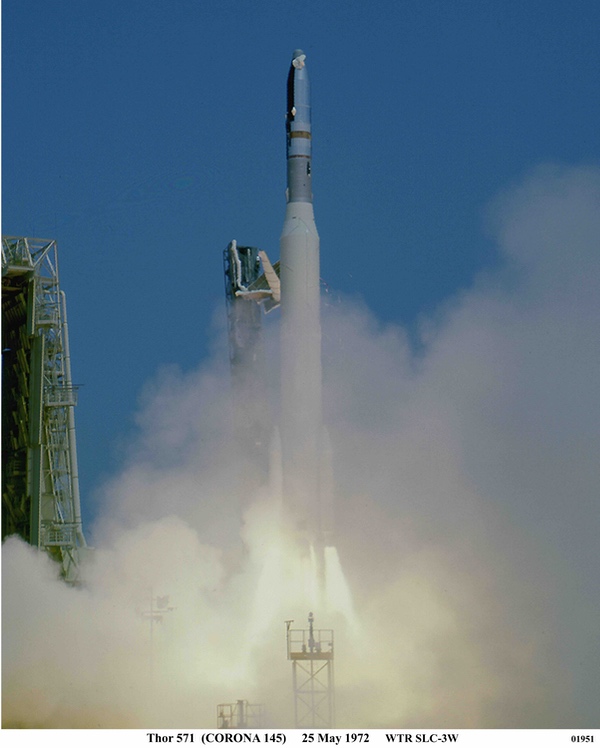 The last CORONA satellite was launched in May 1972. By then, CORONA had been superseded by the much more capable HEXAGON satellite. CORONA had been enormously successful. (credit: Peter Hunter Collection) |
Note: We are moderating comments. There will be a delay in posting comments and there is no guarantee that all submitted comments will be posted.











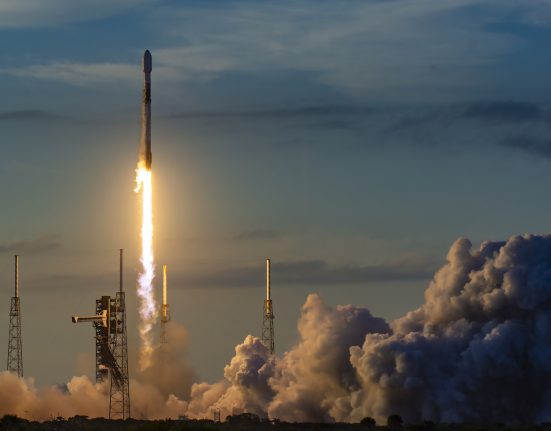
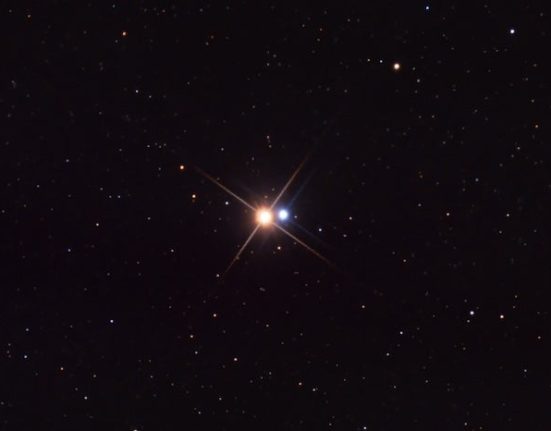
Leave feedback about this